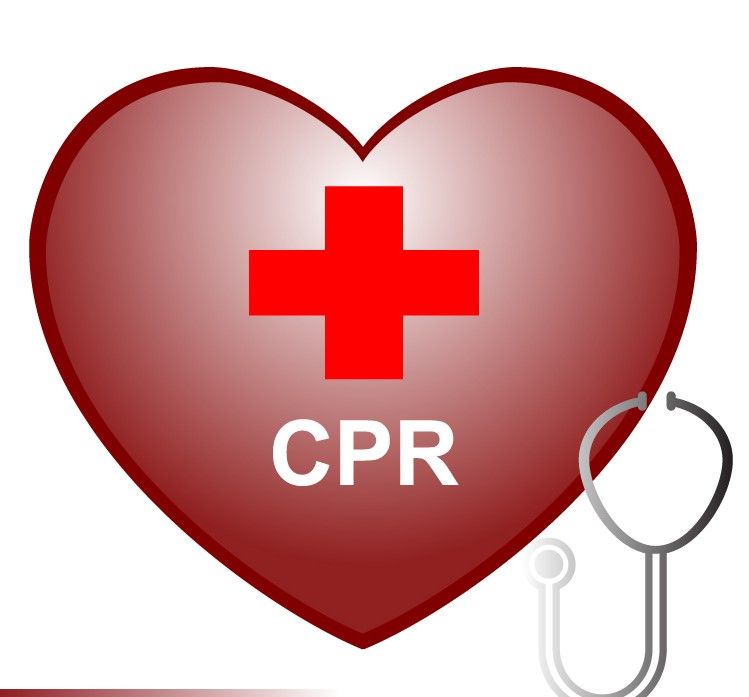WHAT IS SUDDEN CARDIAC ARREST AND WHAT CAN I DO TO HELP?
Sudden Cardiac Arrest
During cardiac arrest, the heart stops and soon breathing will cease too. Without these two functions, oxygen fails to get to the vital organs: the heart, the lungs and especially the brain. In the United States, almost ½ million people die from heart attacks every year. Of these, about half are the result of Sudden Cardiac Arrest (SCA). Immediate action is needed during SCA to prevent permanent brain damage or death.
Sudden Cardiac Arrest can occur due to other causes besides a heart attack. These causes include:
|
|
Although there are many causes, the results are always the same and we must act quickly!
In the past, the public has only been able to help victims of Sudden Cardiac Arrest (SCA) by performing CPR. Although CPR is important, it is only a bridge to a more definitive treatment, called defibrillation.
In SCA, most victims have an irregular and chaotic heart beat (fibrillation) that fails to pump blood adequately. Delivering an electrical shock to the heart can stop this abnormal rhythm and allow the heart to resume a perfusing rhythm. This electrical treatment is called defibrillation.
To improve the outcome from cardiac arrest, we must get the heart working as soon as possible.
The chances of survival after Sudden Cardiac Arrest, decrease 7 – 10% each minute the heart does not resume effective pumping.
CPR is unlikely to do this; defibrillation is the key.
To learn more about CPR and AEDs, try our online classes:
Automated External Defibrillators
